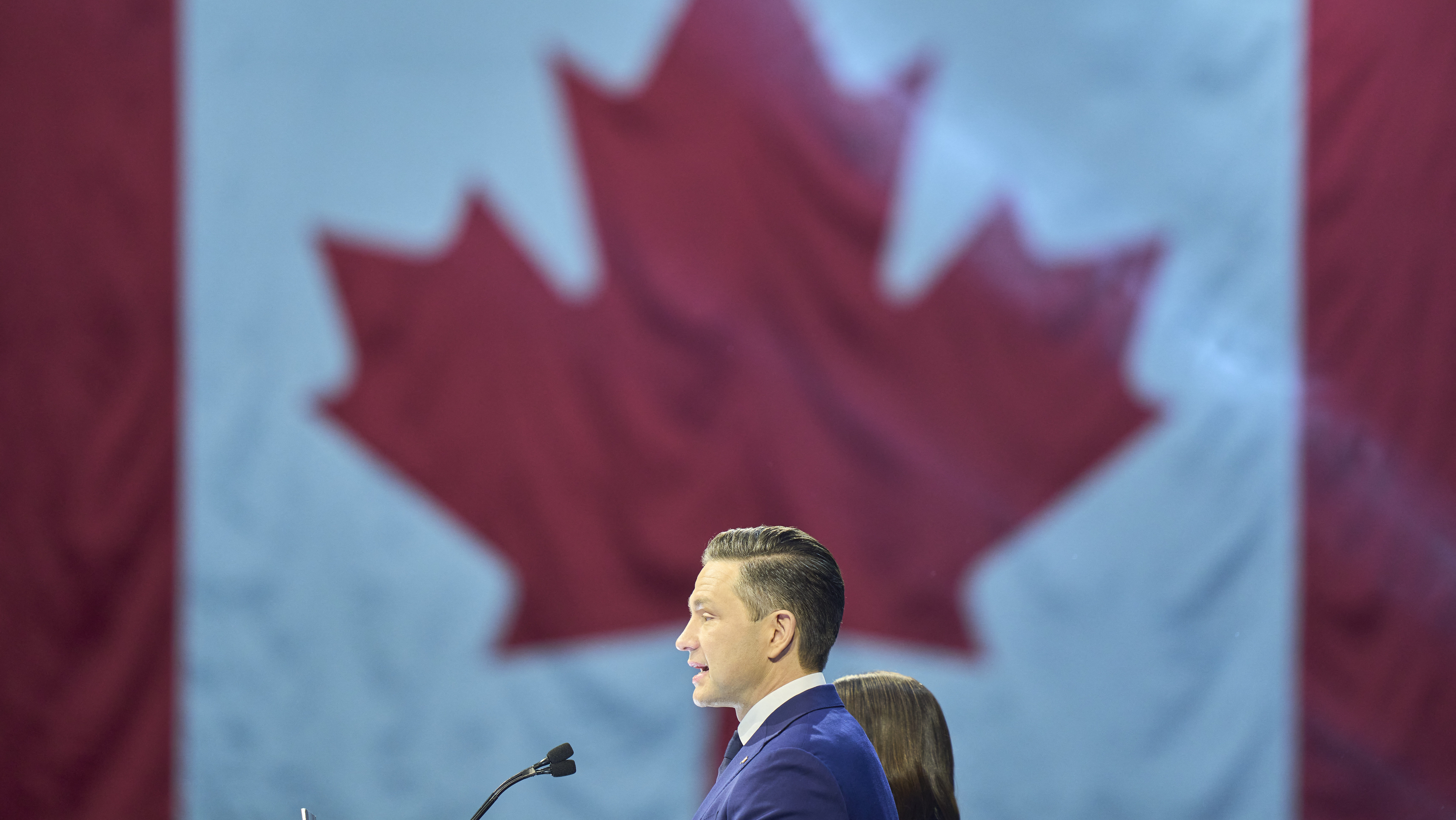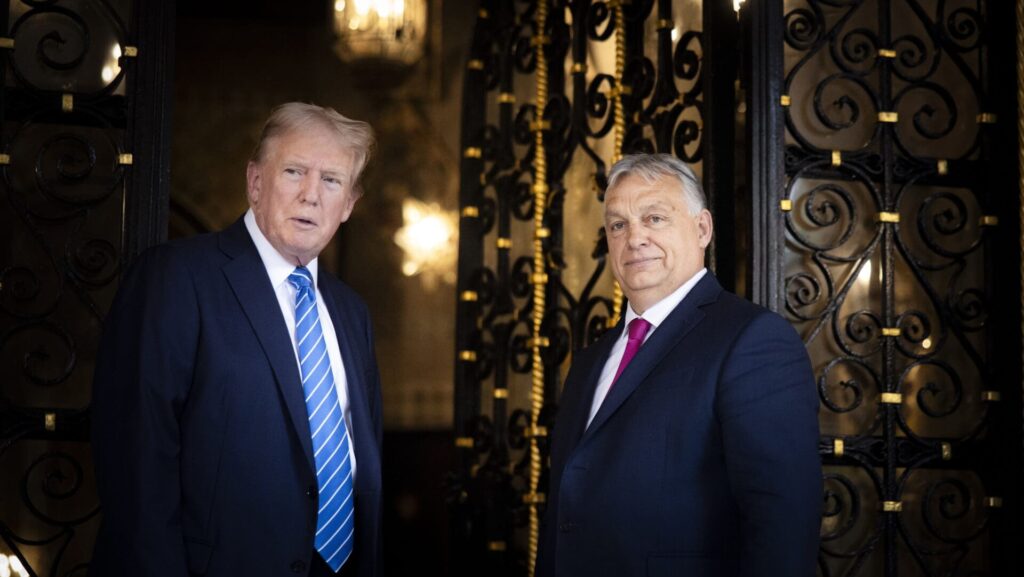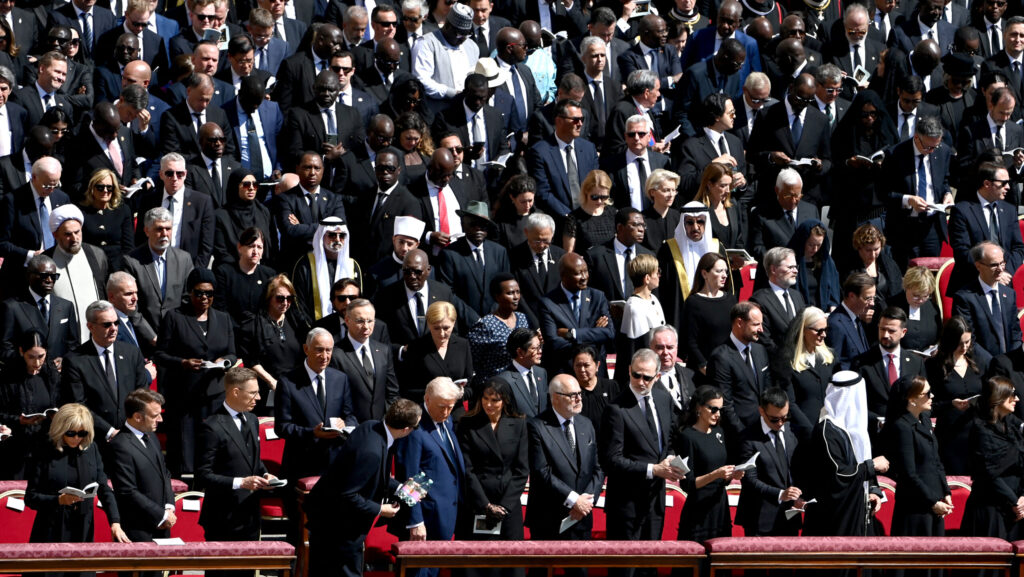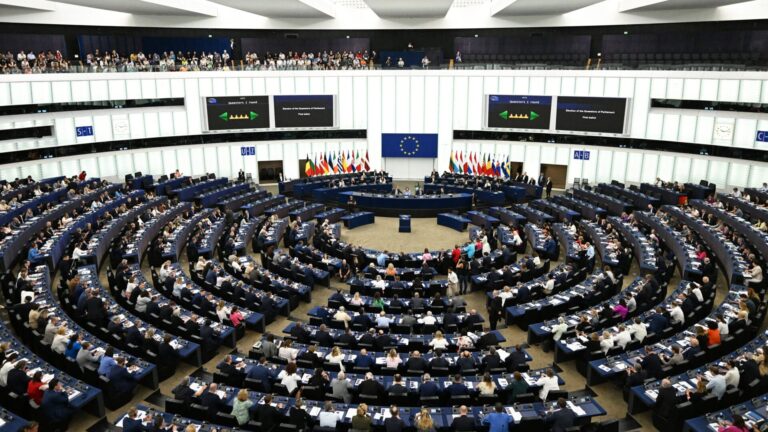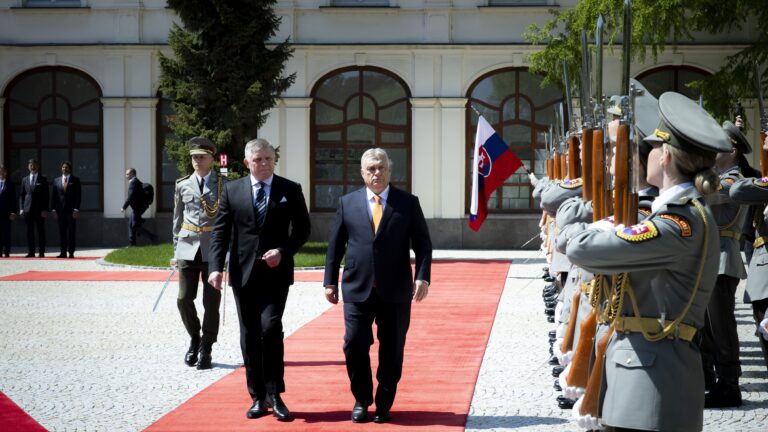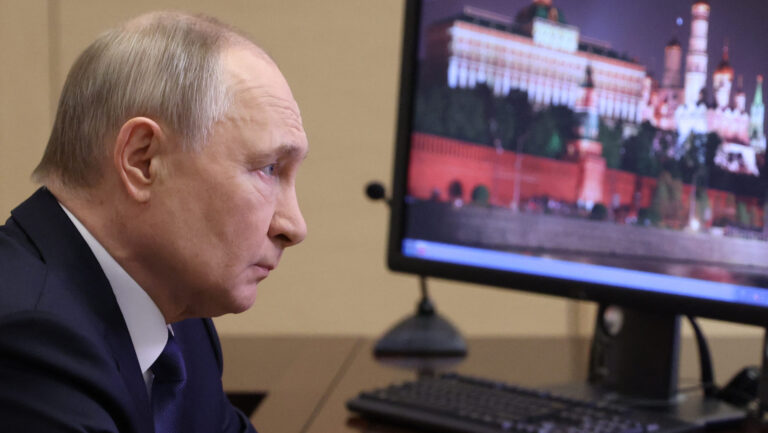For the fourth consecutive time, Canada will have a Liberal government, after the Liberal Party won the early elections ahead of the Conservative Party on 28 April. At the time of writing, with 99 per cent of votes counted, Liberal leader and acting prime minister Mark Carney is preparing for a minority government, as his party secured 168 mandates—four short of the 172 needed for a majority. Despite achieving a historically strong result with 144 mandates, the Conservatives, led by Pierre Poilievre, ultimately failed to win an election that many had believed was already in the bag for them.
Until recently, a Conservative victory had indeed seemed likely. Former prime minister Justin Trudeau had struggled with internal party conflicts, plummeting approval ratings, and a series of crises—including energy, housing, and inflation issues. After nearly a decade in power, Canadians had grown weary of Trudeau, leading to his resignation announcement in early January 2025. However, he remained in office until 14 March, when Mark Carney, a central banker with no prior political experience, was appointed acting prime minister.
Before Carney entered the picture, the Conservatives had led in every poll by a significant margin for nearly two years. In October 2024 Poilievre’s party stood at 43 per cent support, 20 percentage points ahead of the Liberals. By January 2025 the gap had widened further, with Conservatives polling at 45 per cent compared to the Liberals’ 20 per cent. However, as Canada entered the month of snap elections, momentum shifted. By the end of March the Liberals had turned the tide, taking the lead with 43.6 per cent—an advantage of around eight percentage points over the Conservatives. According to final data, the race tightened: Carney’s party won the popular vote with 43.5 per cent, while the Conservatives followed closely with 41.4 per cent.
The Trump Tornado Hit Poilievre’s Campaign
Many experts argue that Poilievre’s defeat—including the loss of his suburban Ottawa riding to a Liberal candidate—is largely attributable to external factors, notably Donald Trump’s tariff war against Canada and his rhetoric suggesting the annexation of Canada as the ‘51st state’ of the United States. In contrast to Poilievre, Carney successfully positioned himself as a figure of stability amid times of crisis. According to exit polls, voters placed greater emphasis on leadership style than on policy proposals.
The Conservative campaign attempted to portray Carney as an elitist figure, no different from Trudeau—a charge not without some foundation, given Carney’s background at the Bank of England. However, they struggled to formulate an effective response to Trump’s aggressive rhetoric, in part because segments of their own voter base expressed support for Trump.
‘Once Trudeau was removed from the political scene, the Conservatives struggled to recalibrate their campaign’
Moreover, upon taking office as acting prime minister, Carney immediately cancelled Trudeau’s controversial consumer carbon tax—one of Poilievre’s flagship campaign promises. Poilievre had built his platform on criticizing Trudeau’s economic mismanagement and burdensome green regulations, which many Canadians blamed for worsening their quality of life. Once Trudeau was removed from the political scene, the Conservatives struggled to recalibrate their campaign narrative, ultimately failing to regain their momentum.
According to Carney, the new government will seek to establish a revised trade and security relationship with the United States. He supports the introduction of targeted retaliatory tariffs and has pledged that Canada will meet its NATO defence spending commitments by 2030 at the latest. While maintaining integration with certain sectors of the US economy, Carney has also vowed to diversify Canada’s trade relations with ‘reliable’ partners.
Related articles:

